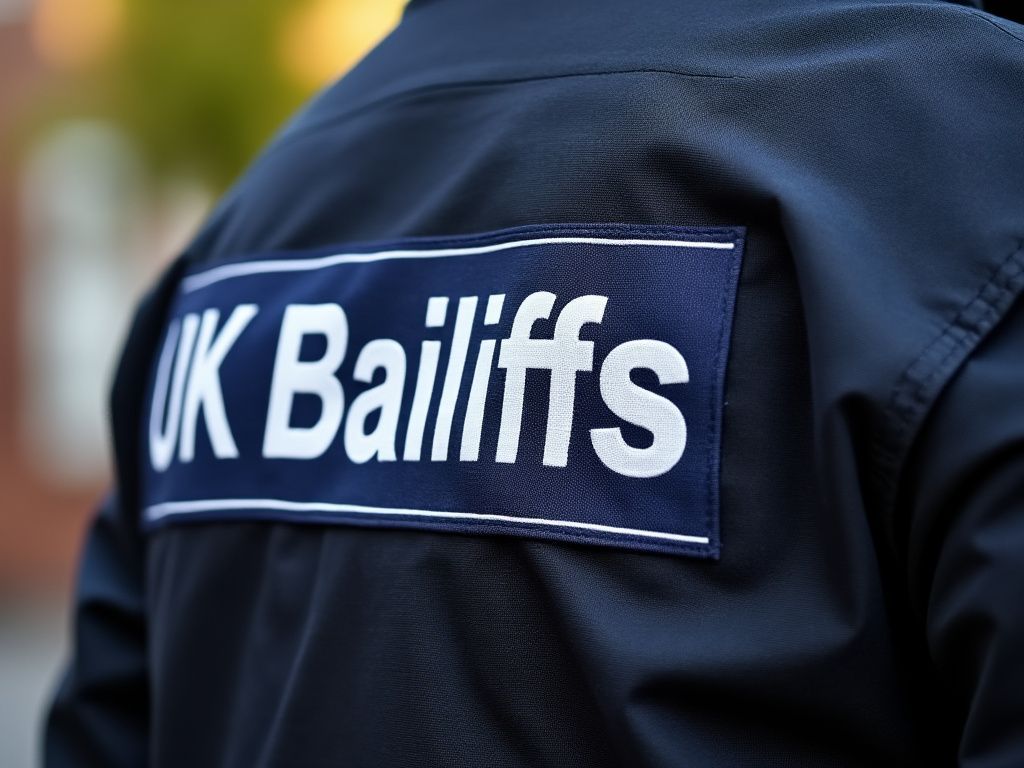NEWS and Updates
What is Peaceful Entry and why is it used on Lease Forfeits

We regularly carry out Commercial Lease Forfeitures on behalf of landlords.
We do this by 'Peaceful Entry' - We explain what this is, why we need to do it and what happens if the tenant is there when we attend.
What is Peaceful Entry ?
Peaceful Entry is simply entering the tenanted property when the tenant or other people are not present.
We attend with specially trained locksmiths to gain entry and change the locks. The idea of breaking in with a locksmith seems contradictory to 'Peaceful Entry' so we will explain the reasoning.
__________________________________________________
Section 6 of the Criminal Law Act 1977
any person who, without lawful authority, uses or threatens violence for the purpose of securing entry into any premises for himself or for any other person is guilty of an offence, provided that—
there is someone present on those premises at the time who is opposed to the entry which the violence is intended to secure; and
the person using or threatening the violence knows that that is the case.
It is immaterial for the purposes of this section—
whether the violence in question is directed against the person or against property or
whether the entry which the violence is intended to secure is for the purpose of acquiring possession of the premises in question or for any other purpose
__________________________________________________
So if the Enforcement Agency attends the property and there is someone inside who is opposed to us changing the locks, then if we ignore this, we could be breaking the law. It is also important to note that violence includes person or property.
So what happens if we attend and someone is inside?
This all depends on the circumstances and we will give you some examples later of situations we have come up against.
If we attend and it is obvious that there are people inside the premises such as lights on, machinery operating, staff turning up etc, then we would consider reattending at another time. Before we attend, we would usually check trading times and other intelligence so hopefully this situation is minimised.
If we attend and the tenant arrives after we have started, then providing the tenant is not inside the premises, we would usually continue (subject to risk assessment)
If we attend and we establish someone is in the premises before we start the process, then we would sometimes knock on the door, explain the reason for our attendance and ask them to leave. If they outright refuse, then we would need to abandon the process.
This is why it is important to use companies like UK Bailiffs to carry out lease forfeitures as our agents are experienced in these scenarios and trained at negotiations.
Some examples of real scenarios
- We attended a warehouse in Manchester which we were advised was no longer occupied. Our locksmith had to bypass 3 high security locks to gain entry. This took about 30 minutes and he made a lot of noise. Once the bailiff walked in, he was greeted by 2 men who were listening to music through headphones and had not heard the ongoing racket. After a quick chat, both men collected their personal possessions and left without issue.
- We attended offices in Burnley at 5am. As the locksmith started to drill the locks, 3 people appeared at the door. The locksmith immediately put the tools away and the bailiff spoke to the occupiers. They were using the premises to sleep in (this was not allowed in the lease). They refused to leave but after the enforcement agent spoke to them, explained that the landlord wants his property back because they had not received rent for 2 months and gave them time to remove some of their possessions, they left without incident - although it did take them 4 hours to leave.
- We attended a large industrial warehouse at 6am. The lease had expired months earlier but the landlord wasn't sure that they had left. Once the locksmith had gained entry through the electric shutter, mag-lock door and 2 mortice locks, the bailiff walked into the property. The agent had been in the property previously and noticed a large wall which hadn't been there previously. The premises appeared empty, but following a walk round, the agent heard noises and then saw two men on the ground floor quickly leaving. Following a search for further occupiers, the agent came across a false door in the wall which led to a cannabis factory. Once the Police had disposed of the plants, the property was secured and returned to the landlord.
- We attended a shop in Middlesborough at 5am. As we approached the property, 2 males appeared inside and made threats to both bailiff and locksmith. The situation escalated and the bailiff was threatened. Due to his experience, the bailiff managed to calm the males down. It appeared that they had a big order that they needed to get ready by the end of the week. Instead of continuing with the forfeit, we agreed with the client that they could continue with the project and subsequently left 7 days later. The tenant even phoned the bailiff to let him know he had left so we could go back and change the locks.









